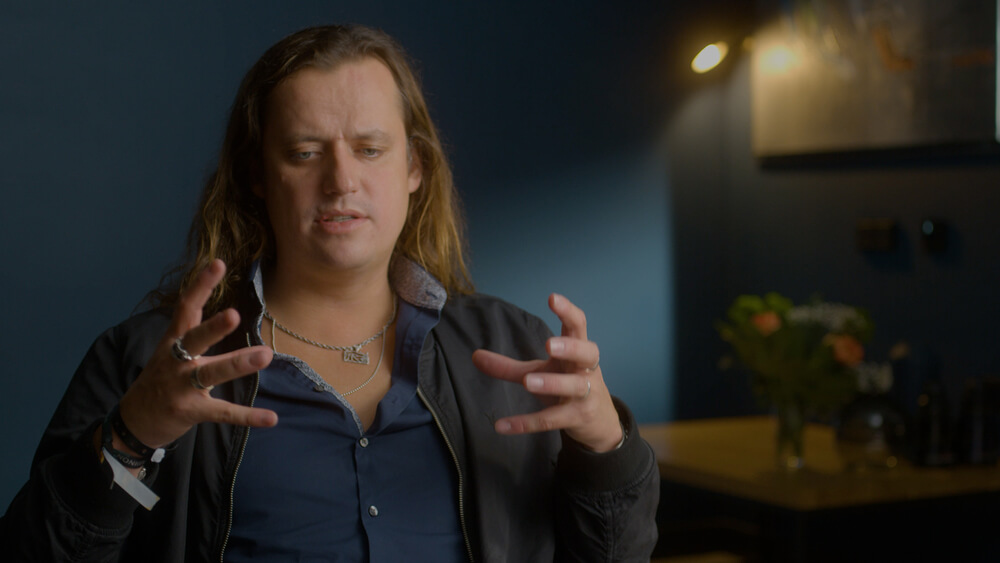The Making of Filip

Directed and cowritten by Michał Kwieciński, the feature film Filip follows its eponymous protagonist as he hides in plain sight in 1943 Frankfurt. Cinematographer Michał Sobociński, PSC partnered with Kwieciński to craft a visual language that kept the camera — a Panavised Alexa Mini LF with Primo Artiste lenses, all supplied through Panavision Warsaw — in a close orbit around Filip. In this video interview, Sobociński offers his insights into the production, for which he won Best Cinematography awards from the Polish Film Festival and the Polish Film Awards.
The Camera’s Perspective
“We didn't really have any cutaways, we didn't go the safe way [by getting] coverage,” Sobociński explains. “The main concept was not to get too excited about shooting a period film. It was a story of a person. I always say, if you get on a bus — and it doesn't matter if it's London, New York — after 20 days you're not even looking outside the window. That's the concept of the camerawork in this film. It's like the solar system: There's the sun in the middle, and the planets are making circles around him. We only choose what Filip sees.
“The process was, we don't want to make a war film,” the cinematographer continues. “The war is just a background. Our protagonist is hiding in Frankfurt of 1943. It is the struggle and the story about a character who leaves everything behind and somehow he keeps surviving.”
Selecting Lenses
“I tend to shoot every film with something a little bit different,” notes Sobociński, who selected large-format Primo Artiste spherical primes for Filip. “I love large frame because you can use wider lenses, create a shallower depth of field. We only used two or three lenses. I just found the Primo Artistes so perfect for this film. The falloff of those lenses is just so incredibly beautiful in the bokeh. They are soft, they glow, the highlights are beautiful, the blacks are rich, but it's not like an old-school vintage lens because they are super sharp in a way. I knew there was going to be a lot of movement, and the wide lenses don't have distortion. Everything I needed, the lenses gave me. It was a perfect match.”
Finding the Language
“I really love the conceptual work before the film because that's when you find your language,” Sobociński shares. “And it's a very creative process because that's when you really build the concept for the film because shooting is an execution right now. It's like this amount of shooting days, we are in this location for eight hours, we have to make our day.
“Not having a style is a good thing because it's not always about doing beautiful pictures,” the cinematographer adds. “It's about shooting pictures that tell the story. So for me, it's always reading the script. When I fall asleep, I start watching this film, scene after a scene, and after a couple of days I get the concept, how it should look. Then the director gives me his vision [which] is usually a nice twist.”
Generational Wisdom
Cinematography runs deep in Sobociński’s family. His grandfather Witold Sobociński, PSC photographed such classics as Andrzej Wajda’s The Promised Land, and his father, Piotr Sobociński, PSC, was nominated for an Oscar for Krzysztof Kieslowski’s Three Colors: Red. “If you've got your school and you're good at what you're doing, then you can start improvising in a way,” Michał Sobociński says. “There's always a way out, and I think sometimes it brings you creative solutions. My grandfather told me, ‘Switch off the sound in a film. It doesn't matter what language it is in, if you understand it through images, it means the story is shown well.’”
